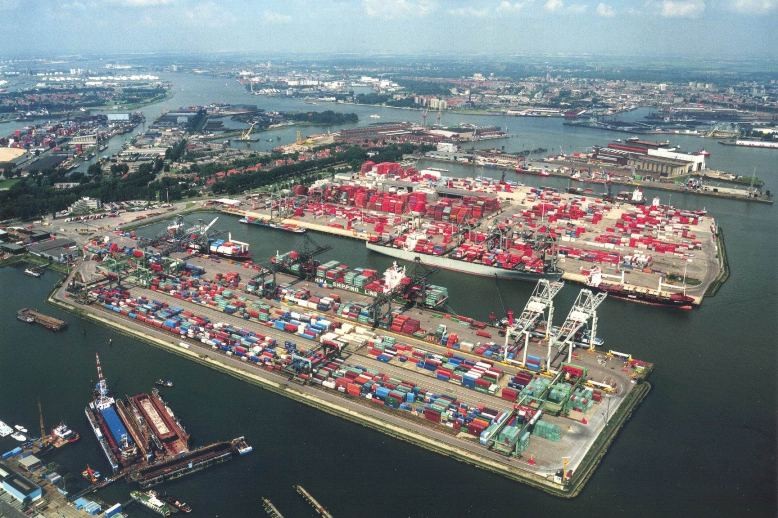The Port of Rotterdam Authority has announced the successful handling of its 500,000th import container through the innovative Secure Chain system. This milestone marks a significant achievement in enhancing security and reliability for container shipments.
In a major shift from traditional practices, shipping lines have discontinued the use of PIN codes, which are vulnerable to fraud. Since April, this new operational method has been standard for all import containers arriving from Latin America, and from July for those coming from North America. By October 1, 2024, this system will extend to container cargo from Africa, the Middle East, India, and Pakistan.
“Reaching the milestone of 500,000 containers in just over ten months demonstrates the effectiveness of our Secure Chain approach,” stated a spokesperson from the Port of Rotterdam. “Our goal is to ensure that all deep-sea import containers are handled securely and reliably through this system.”
The Secure Chain allows the shipping line, shipper, forwarder, and carrier to digitally transfer the right to collect a container, creating a closed logistics network of authorized parties. This secure exchange of information occurs through the Port Community System of Portbase, which serves as the neutral logistics platform for Dutch ports.
“The only haulier, barge operator, or rail operator permitted access to the terminal is one that has been authorized via the Secure Chain,” the Authority emphasized.
In addition to enhancing the secure handling of import containers, the rollout in early 2024 includes an automatic verification process at container terminals. This initiative ensures that the correct driver is always granted access to the terminal, further bolstering the security of operations.
The Port of Rotterdam continues to set the standard for efficient and secure logistics in Europe, paving the way for safer trade practices in the region.
